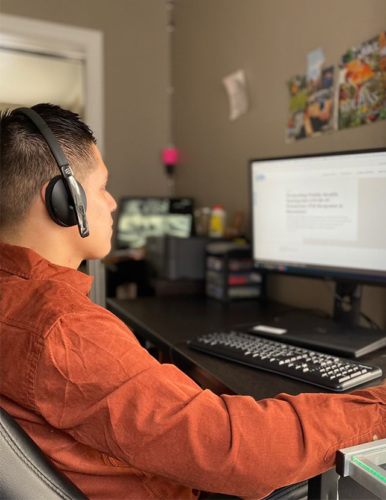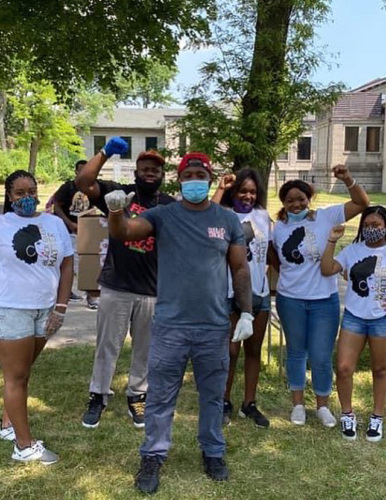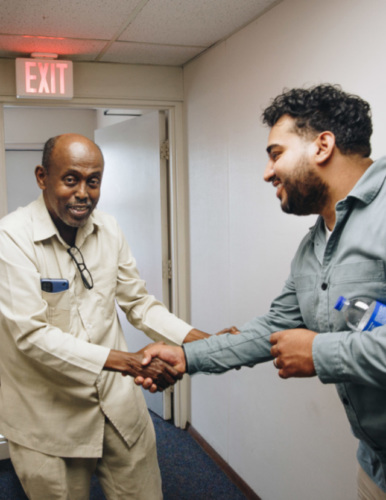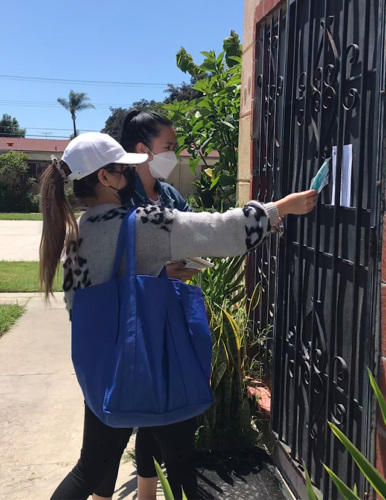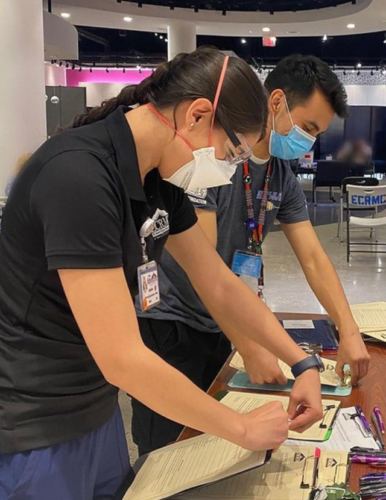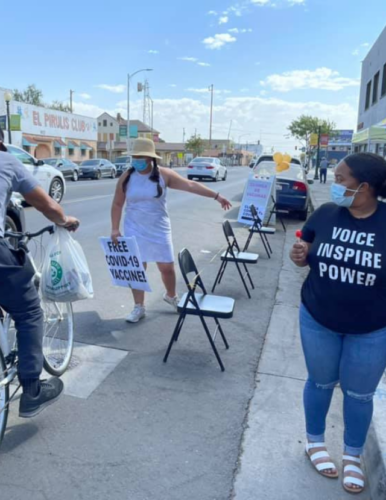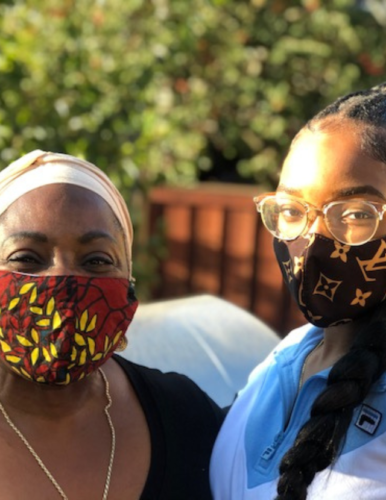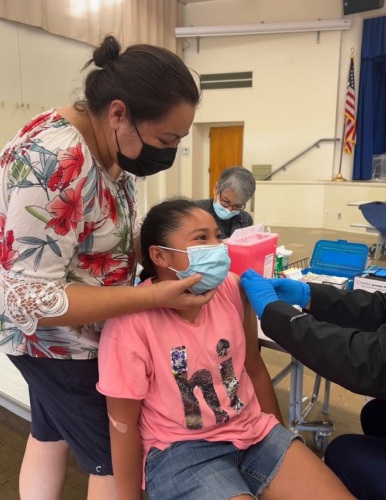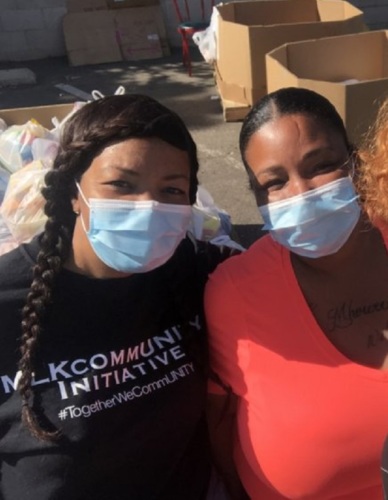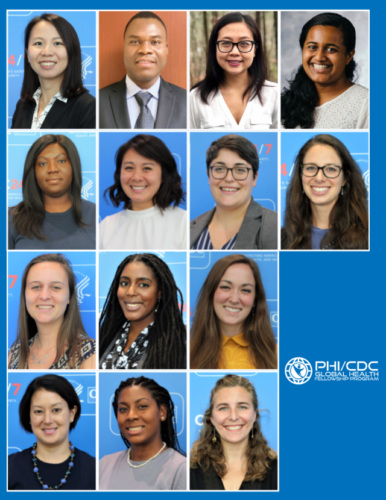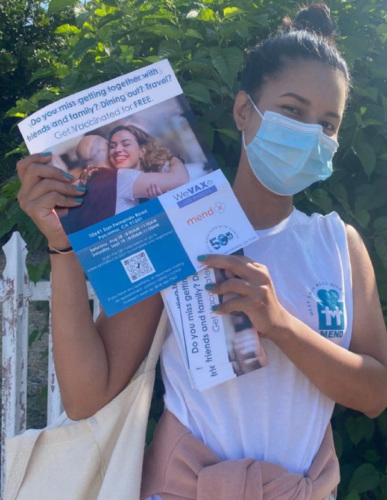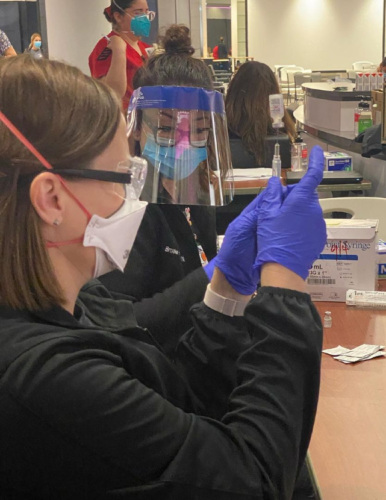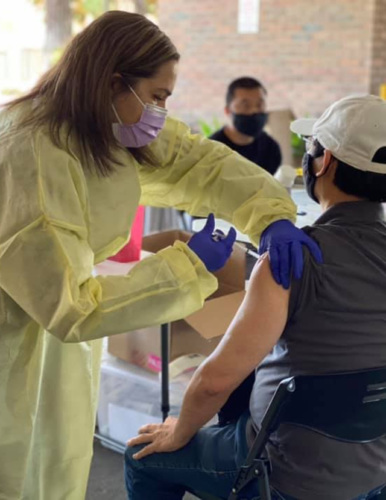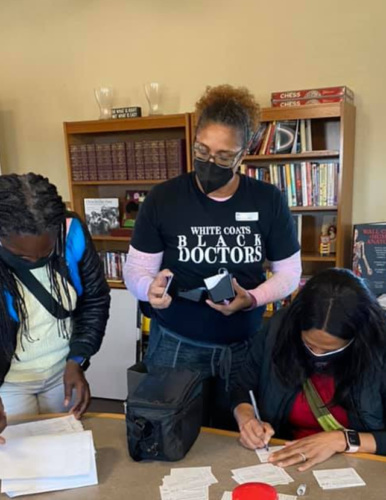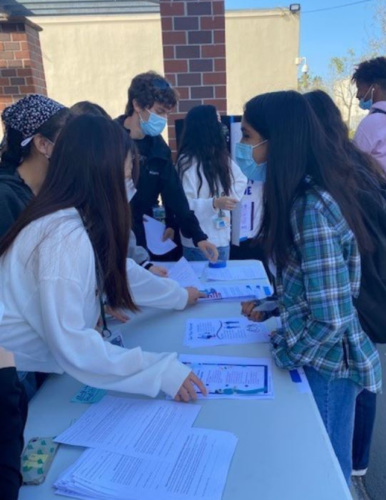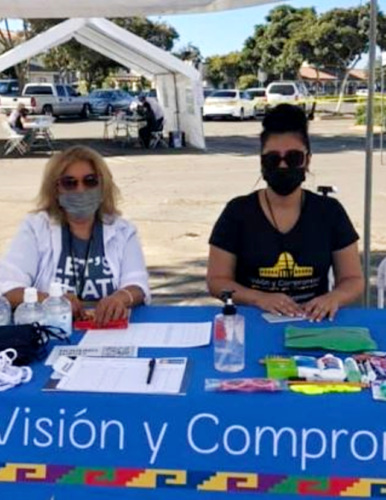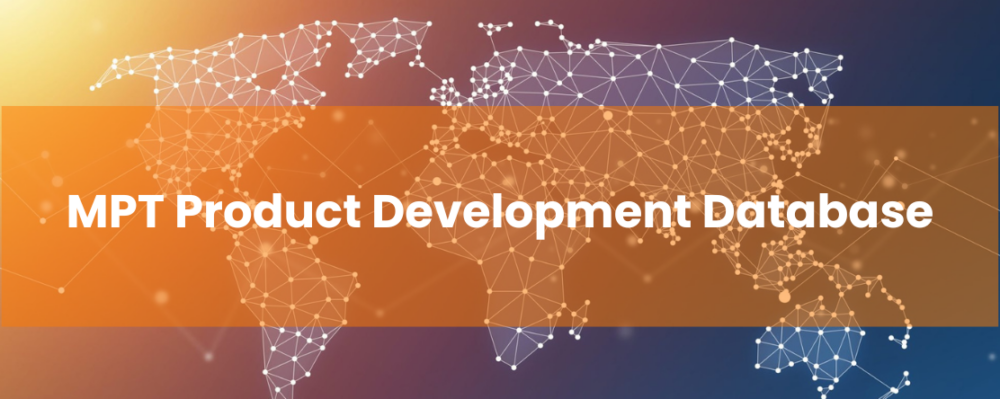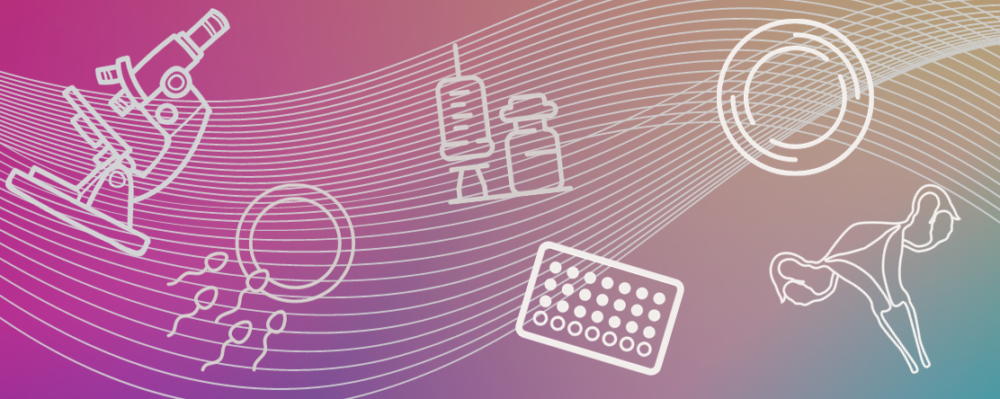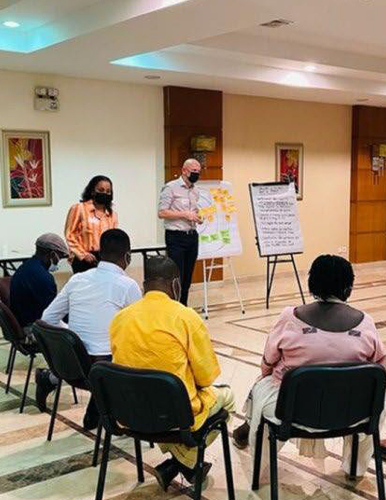
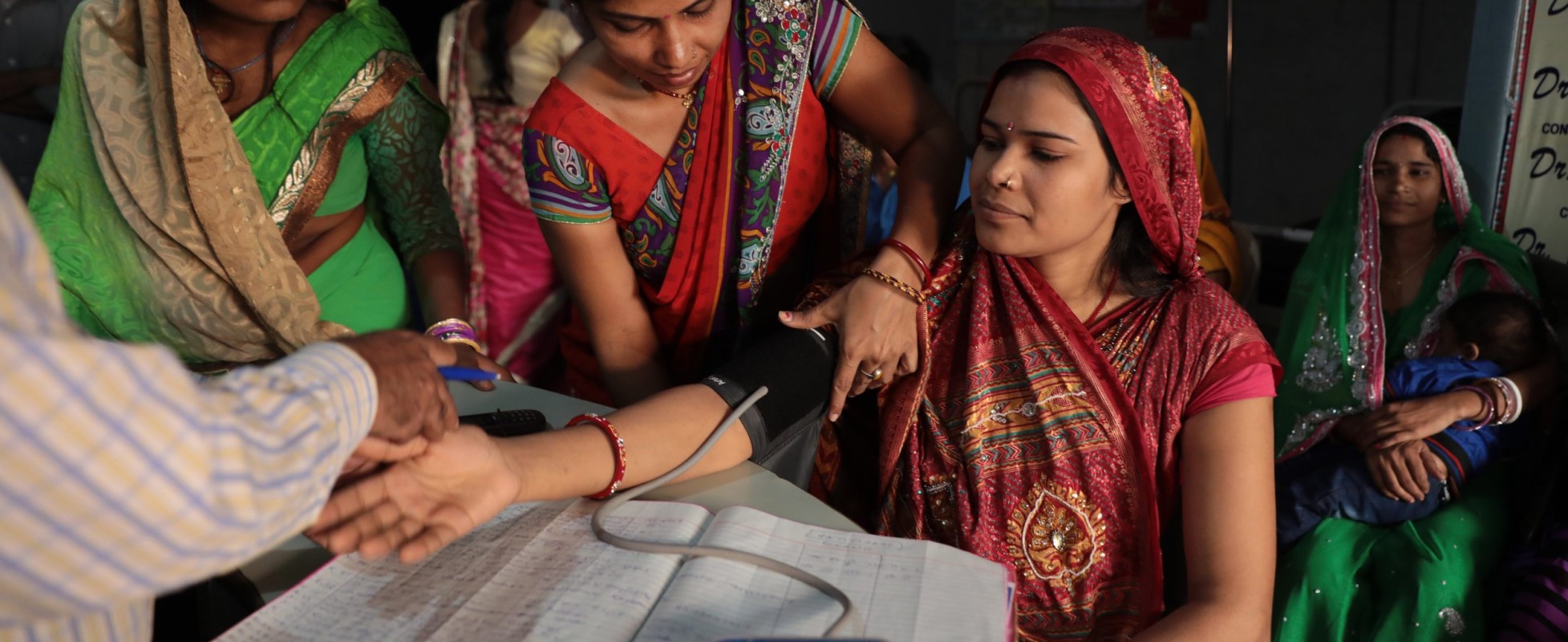
Communicable Disease Prevention
Building leaders and strategies to reduce communicable disease
Our Impact
See all Communicable Disease Prevention Impacts

- 27K Central American youth received sexual health information
- 100 physicians convened in India to combat antibiotic resistance
- 10M pieces of personal protective equipment delivered in CA and WA in 3 weeks to protect against COVID-19

Our Work
From sexually transmitted infections to outbreaks of Ebola, Zika and other viruses, communicable diseases are a major threat to the public’s health. We apply our expertise in research, leadership development, evaluation, capacity building and technological innovation to combat the spread of communicable disease in the U.S. and around the world.
PHI Priority
Building Health Equity
Young women in sub-Saharan Africa are disproportionately impacted by HIV and other sexually transmitted infections as well as high rates of unintended pregnancy, and are among the most underserved populations for sexual and reproductive health in the world. In 2022, PHI's CAMI Health and partners spoke to young women and key influencers in their communities (male partners, grandmothers and technical experts) about their sexual and reproductive health experiences. Their first-hand stories provide glimpses into the diversity of their needs and desires and offer insights into solutions for improving their lives. Serving as an advocacy tool for female-initiated HIV prevention and family planning options, the StoryMap tool aims to foster the adoption of Multipurpose Prevention Technologies (MPTs) as potential game-changers in addressing these issues.
Programs
Active Programs
Archived Programs
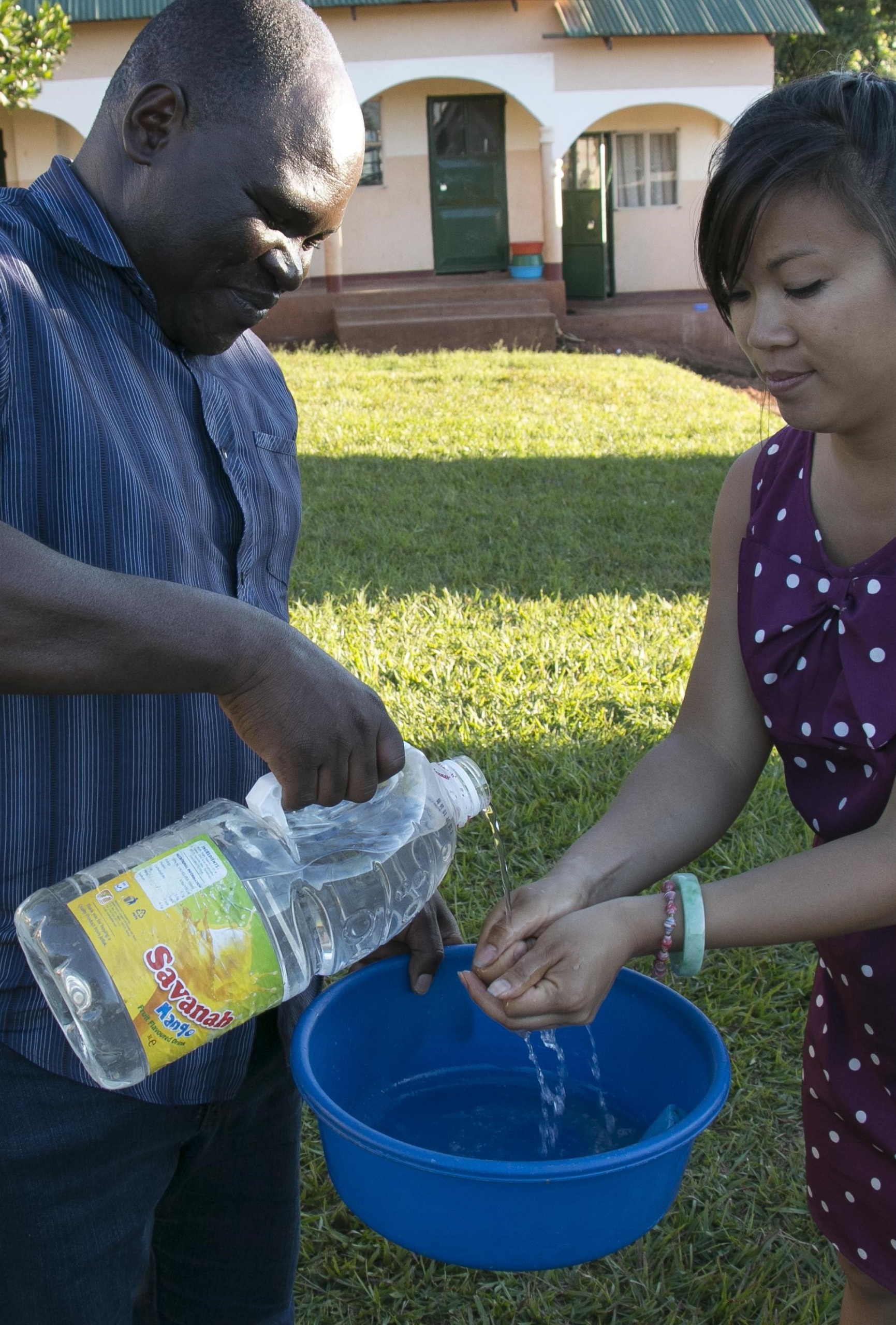
Work With Us
You change the world. We do the rest. Explore fiscal sponsorship at PHI.
Support Us
Together, we can accelerate our response to public health’s most critical issues.
Find Employment
Begin your career at the Public Health Institute.
